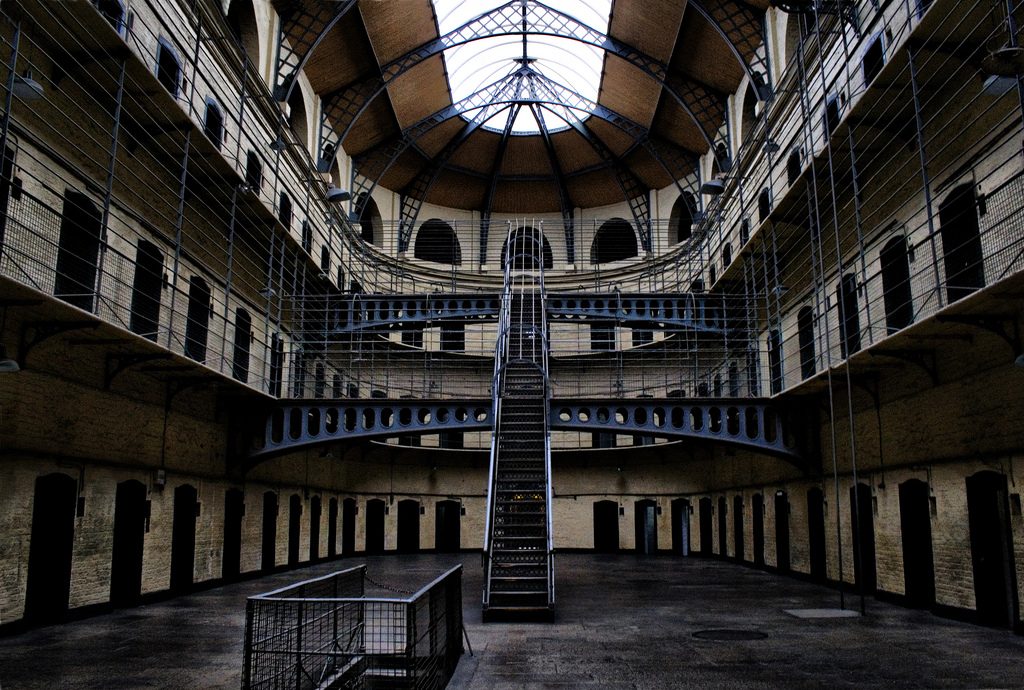INCHICORE ROAD, KILMAINHAM, DUBLIN 8
If only these walls could speak, what would they say? Upon entering this threatening grey, eerie prison – the largest unoccupied building of its kind in Europe – even today, despite closing in 1924, it still has the power to chill. Built between 1792 and 1795, Dublin’s Kilmainham Gaol played a role in virtually every act of Ireland’s painful path to independence. Leaders of the rebellions of 1798, 1803, 1848, 1867 and 1916 were detained here, and Kilmainham Gaol housed some of the most famous political and military leaders in Irish history such as Robert Emmet, Charles Stewart Parnell, the 1916 Rising leaders and Eamon de Valera. But it was the executions in 1916 that etched the jail’s name deep into the Irish consciousness. Of the 15 executions that took place between 3 May and 12 May after the revolt, 14 were conducted here. As a finale, prisoners from the Civil War were held here from 1922.
An excellent audiovisual presentation introduces the tale of this infamous building before you are led away, in the footsteps of over a century of prisoners, on a thought-provoking, guided tour of the eerie prison. Amid the grey corridors and tiny cells, you will be immersed in a panoramic experience of some of the most profound, disturbing and inspirational themes of modern Irish history.

Outside in the yard, the Asgard awaits you. This is the ship that successfully ran the British blockade to deliver arms to Nationalist forces in 1914. The tour finishes in the yard where the 1916 leaders met their end, a sombre conclusion to a dramatic and realistic experience of what is was like to have been confined in one of these forbidding bastions of punishment and correction between 1796 when it opened, and 1924 when it closed.




